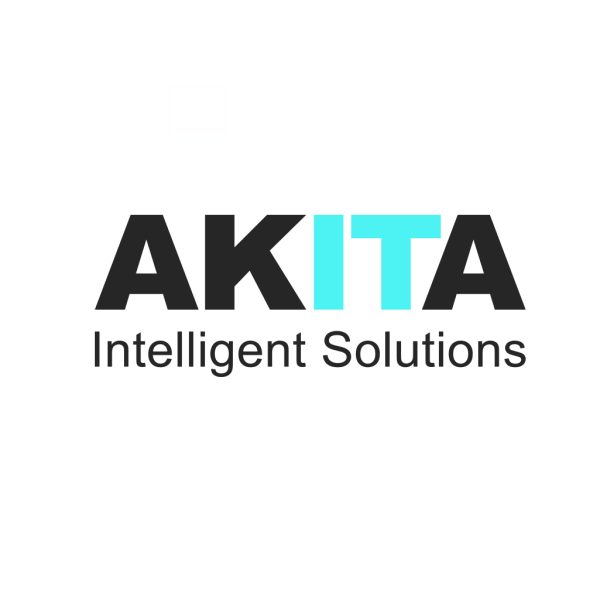Facilities management has evolved far beyond overseeing building maintenance and cleaning.
Today, it is a strategic function central to ensuring operational efficiency, regulatory compliance, and employee satisfaction. Whether you’re managing a single site or a complex portfolio of properties, the systems you use to manage assets, services, and compliance must be agile enough to scale as your organisation grows.
This is where scalable software for facilities management makes all the difference. By moving away from manual processes and disjointed legacy systems, organisations can embrace efficiency, improve service quality, and gain the flexibility to expand operations without disruption. This guide explores why scalability is critical, the features to prioritise, and how to adopt facilities management software that supports both current operations and long-term goals.
Why Scalability Matters In Facilities Management
Facilities environments are dynamic and fast-changing. As organisations expand, the scope of services increases—covering more sites, larger workforces, and a broader range of assets. Scalable software ensures your systems evolve with these demands rather than creating operational bottlenecks.
Key advantages of scalable facilities management software include:
-
Future-proof operations: Avoid costly system replacements by investing in solutions that can grow alongside your business.
-
Consistency across sites: Standardise processes across multiple locations while still allowing local flexibility where needed.
-
Seamless integration: Connect facilities data with finance, HR, and operational systems for a unified approach.
-
Cost efficiency: Adopt a pay-as-you-grow model, scaling capacity and features without major infrastructure changes.
In effect, scalable software transforms facilities management from a reactive support function into a proactive driver of business value.
Software For Facilities Management: What Features To Look For
When choosing software for facilities management, it’s important to balance current requirements with scalability. Features to prioritise include:
-
Asset lifecycle management: Monitor and maintain everything from HVAC systems to IT hardware, maximising asset value and longevity.
-
Work order automation: Streamline routine maintenance, assign tasks, and reduce manual administration.
-
Compliance management: Digital audit trails and automated reminders to ensure regulatory standards are consistently met.
-
Mobile accessibility: Equip on-site teams with mobile tools for task updates, work orders, and data capture.
-
Data and analytics: Gain real-time insights to improve service quality and optimise resources.
-
Integration readiness: Connect with wider ERP, HR, and financial platforms for end-to-end operational visibility.
These features ensure the system not only addresses today’s challenges but remains adaptable to future needs.

Overcoming Barriers To Adoption
Despite the clear advantages, some organisations remain hesitant to adopt facilities management software due to concerns around cost, complexity, integration, and change resistance.
Implementation and ongoing subscription fees can appear prohibitive, while the prospect of training staff and ensuring consistent use often raises doubts about practicality. Fears over compatibility with existing systems can further slow decision-making, and employees accustomed to manual processes may resist the transition.
However, these barriers can be overcome through structured planning, effective stakeholder engagement, and by choosing software that is intuitive, scalable, and designed with integration in mind.
Steps To A Successful Implementation
To adopt scalable software for facilities management effectively, follow a structured roadmap:
-
Assess requirements
Identify inefficiencies and outline what your software must achieve both now and in the future. -
Involve stakeholders
Engage facilities teams, finance, and IT to ensure alignment with wider business objectives. -
Evaluate scalability
Confirm that the solution can grow with your organisation, supporting new sites and services without disruption. -
Focus on adoption
Choose intuitive platforms with strong user support to ensure employees embrace the system. -
Leverage data
Use analytics tools to monitor KPIs, track compliance, and continuously optimise operations. -
Plan continuous improvement
Treat adoption as the beginning of an ongoing process of refinement and growth.
Building A Long-Term Business Case
Adopting scalable facilities management software is not just about solving immediate operational challenges: it’s about creating a long-term competitive advantage. By reducing downtime, streamlining compliance, and improving cost visibility, the software delivers measurable ROI. Over time, data insights pave the way for predictive maintenance, smarter budgeting, and better workforce utilisation.
For organisations with growth ambitions, scalable solutions are indispensable. They allow expansion without disruption, ensuring facilities management continues to support wider business goals.
Why Microsoft Software For Facilities Management Excels
Among the available options, Microsoft offers one of the most comprehensive and scalable ecosystems for facilities management. Its solutions integrate seamlessly across departments, bringing together operations, finance, and analytics in a unified platform.
-
Dynamics 365 Field Service: Designed to coordinate and optimise field teams, Dynamics 365 Field Service enables efficient scheduling, automated work orders, and real-time updates. For facilities managers responsible for geographically dispersed assets or complex maintenance schedules, this delivers significant efficiency gains.
-
Business Central: As a powerful ERP system, Business Central provides complete oversight of financials, procurement, and operations. For facilities management, this translates into stronger budget control, streamlined procurement of services and equipment, and improved vendor management.
-
Power BI: Transforming raw data into actionable insights, Power BI empowers decision-makers with intuitive dashboards and predictive analytics. Facilities teams can monitor compliance, track asset performance, and forecast maintenance needs with accuracy.
Together, these tools provide a scalable and integrated ecosystem that supports not only the operational side of facilities management but also financial strategy and business growth. By adopting Microsoft facilities management software, organisations can eliminate inefficiencies, gain actionable insights, and move towards a proactive, data-driven model of management.
With this approach, facilities management shifts from a reactive support function to a strategic asset—helping organisations achieve cost savings, sustainability goals, and long-term resilience.
Ready to transform the way you manage your facilities? Discover how Microsoft Dynamics 365, Business Central, and Power BI can streamline operations, cut costs, and support long-term growth.
Speak to our experts today to explore the right facilities management software for your organisation:





